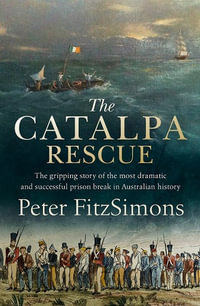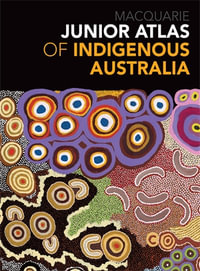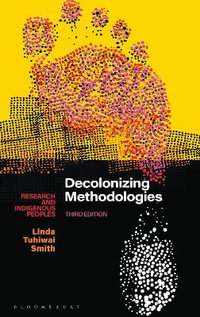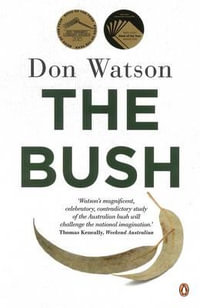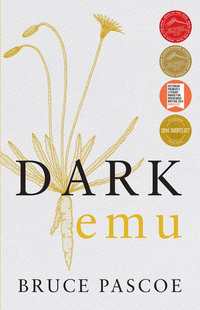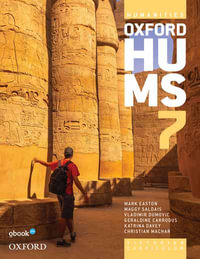Chinese traders and explorers first visited the Maldives, an archipelago in the Indian Ocean, in the early fourteenth century. The traveler Wang Dayuan "discovered" the island sultanate for the Chinese world, and merchants increasingly dealt in Maldivian goods such as coconuts, cowrie shells, and ambergris. Zheng He's fifteenth-century voyages ventured to the islands, by then a trading hub, and brought their envoys to Beijing. But the Maldives faded from Chinese records by the end of the sixteenth century, after the Ming state suddenly retreated from the Indian Ocean and shifted focus to Southeast Asia.
Discovered but Forgotten is a pioneering examination of China’s relations with the Maldives and Sino–Indian Ocean interactions, offering new ways to understand Chinese maritime exploration and the global history of the Indian Ocean. Drawing on a wide range of sources—including written records, Chinese and Jesuit maps, and archaeological analysis of shipwrecks—Bin Yang provides a comprehensive account of Chinese links to the Maldives and the Indian Ocean world from ancient times through the late Ming era. He scrutinizes Chinese understandings of the islands, emphasizing both seafaring material culture and textual knowledge production. Yang reconsiders the works of travelers such as Marco Polo and Ibn Battuta in light of Chinese explorations, and he opens a window onto a colorful world of intriguing commodities, port marriages, and voyages across the vast waters of maritime Asia. Transregional and interdisciplinary, Discovered but Forgotten reveals how a remote archipelago shaped the vast Chinese empire.
Industry Reviews
Even today, the Maldives is a sparsely populated, tiny nation consisting of a few small islands, reefs, and atolls strung garland-like across the Indian Ocean, nearly a thousand kilometers to the southwest of Sri Lanka. But don't be deceived by the Maldives' size and isolation, even more than half a millennium ago. In the pages of Bin Yang's capacious Discovered but Forgotten, old Maldives comes astonishingly alive. The author provides an abundance of precise details-all documented by reliable historical and archeological sources-about ships, shipwrecks, cowries, coconuts, coir ropes, dragon's spittle (ambergris), frankincense, and all manner of other exotic commodities and daily necessities, and of the people who made, used, and transported them to far-flung places around the world. This is an engrossing book, one that is hard to put aside once you dive into its oceanic depths. -- Victor Mair, co-editor of Imperial China and Its Southern Neighbours
Provocative and filled with both old and new information, this is a fascinating study of an overlooked relationship. A really welcome addition to the scholarly historical literature connecting two great oceans. -- Eric Tagliacozzo, John Stambaugh Professor of History, Cornell University












